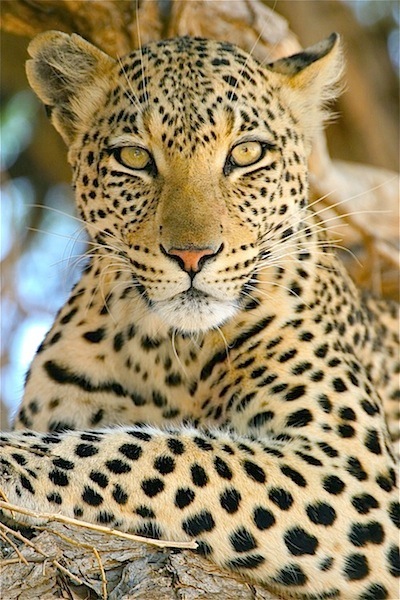Important Info When Posting
When you post please upload your picture of an identified leopard with the name and date in the title. Include the location and other sighting information in the body of the post. Please only do one leopard sighting per post. Please don't post comments on this thread. Your comments and discussions are very welcome here: https://africawild-forum.com/viewtopic.php?f=222&t=2019
Importantly please also ensure that you have reported the sighting to the KTP Leopard Project separately (only takes a few minutes) as this thread is NOT monitored for the puropses of the project and your sighting could otherwise be missed by the project....it would be a shame to lose this data.
KTP Leopard Project Sighting Report
The Kgalagadi Transfrontier Park Leopard Project
The KTP leopard project has been operational since 2011 and is primarily composed of two principle aspects. The first is the production of an identification guide for the KTP leopards (the guide is available on my website as a pdf). The purpose of the guide is to enhance the visitor's experience of the park by providing them with the means to identify a leopard they see. Ideally the identification would take place during the sighting or possibly back at the camp. However, identifications after the trip can be extremely informative, particularly when you may realise that you have seen the same leopard many times.
The second aspect is the science that this project will undertake. Much like a static camera trap survey, every visitor and their camera can be utilised as a mobile camera trap. Using these 'trap events' or sightings, we can analyse the identifications, locations and times of the data to get a better understanding of the ecology of the Kgalagadi leopard; such as total population, sex ratio, movement patterns of young when dispersing, lifespan etc.
It is important to note that all sightings are important. Old sightings from as far back as possible will enable us to greatly increase our understanding of the population since it could provide a much better estimate of a leopards age, or show spatially where it has come from. Please also submit bad photos since it is often possible to provide an identification from just a few spots. So if you do see a leopard on your next trip then no matter how far it is and how small the zoom on your camera please try and get a picture as it could be extremely useful.
If you would like to find out more about the project then please visit the official project website Kgalagadi Leopard Project or drop me an email ktp.leopards@gmail.com



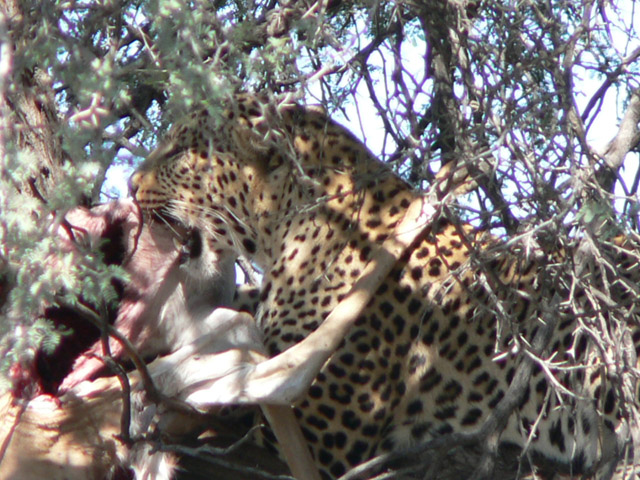
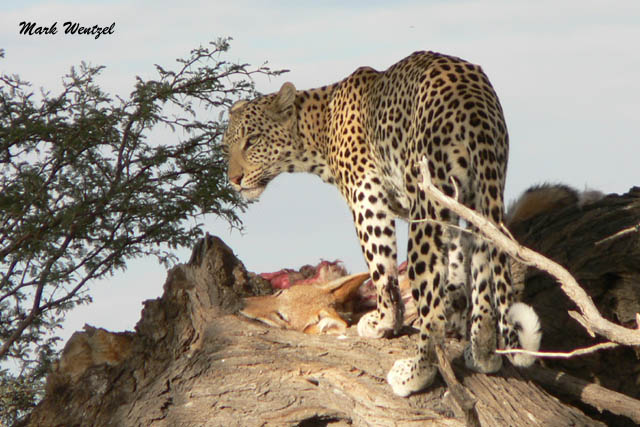 April 2006
April 2006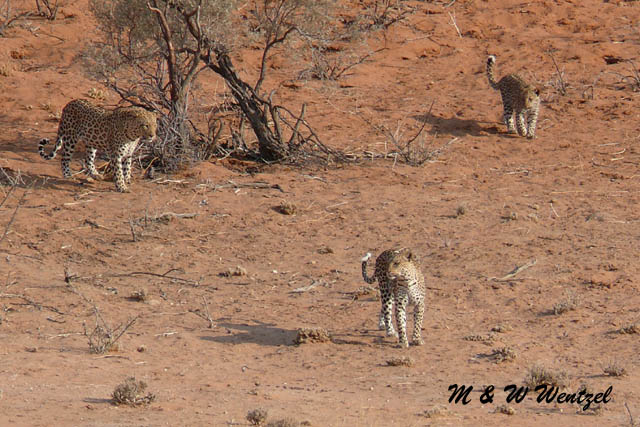
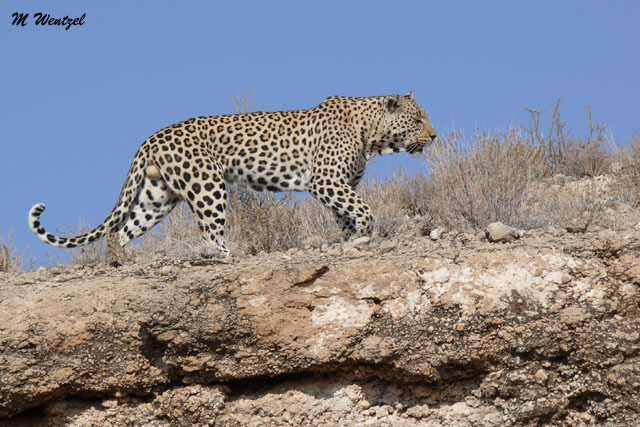
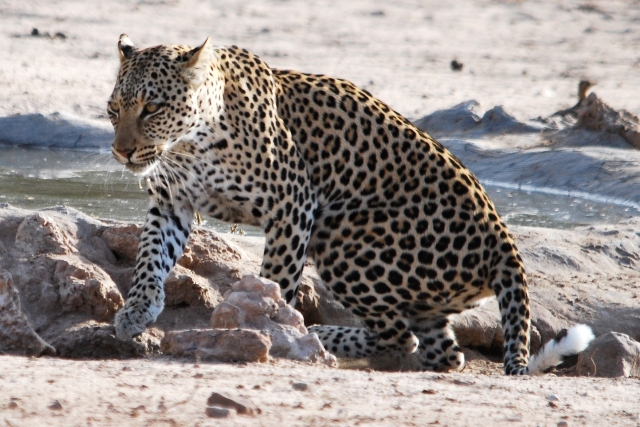 March 2010
March 2010


